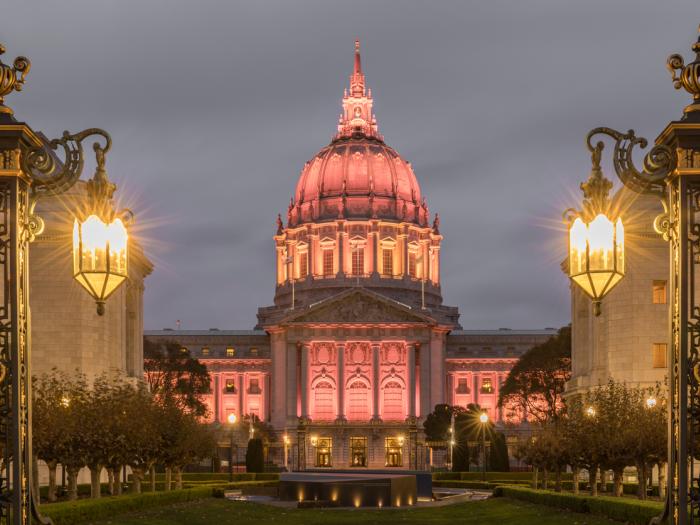Physical features of cultural landscapes can include trees, buildings, pathways, site furnishings, water bodies – basically any element that expresses cultural values and the history of a site. Cultural landscapes also include intangible elements such as land uses and associations of people that influenced the development of a landscape.
What is a Cultural Landscape Inventory?
A Cultural Landscape Inventory (CLI) is a document that develops an understanding of a site’s history and evolution over time and then completes a comparative analysis between a site’s history and its existing conditions in order to determine what elements remain that reflect its historic development.
A CLI Includes
- Detailed information about all existing features of a landscape including the dates of features and information about the evolution of the site over time.
- A chronological history of the development of the site.
- An assessment of the historic significance and integrity of the cultural landscape.
- A list of the features that relate to the significance of the cultural landscape.
How is a CLI Used?
A CLI provides background information about the history and evolution of a historic property to inform future planning decisions and encourage consistent design treatment and maintenance of the cultural landscape.
Highlight Project
Civic Center Cultural Landscape Inventory
The Civic Center Cultural Landscapes Inventory project was undertaken by the City of San Francisco from 2012 to 2014 to document the historic landscape features of the existing Civic Center Historic District. The Civic Center is designated as a National Historic Landmark District – the highest designation of historic resources in the United States.
Why Cultural Landscapes are Important
Cultural landscape studies focus on how the importance of place in our heritage requires recognition beyond the structures of the built environment.
Beginning in the 1920s, through the writings of cultural geographers, the concept of cultural landscapes was created through studies of how humans influence physical landscapes in subtle and overt ways.
Popularized in the 1950s through the writings of J.B. Jackson and the work and writings of modern landscape architects, landscape design began to be recognized and understood as equivalent to architecture in shaping the urban environment.
Cultural landscape preservation seeks to recognize significant landscape features and place-making as a way to understand evolving community and cultural values. Everywhere people live and move about they interact with their environment, creating cultural values through the use and transformation of their surroundings.
Examples of cultural values associated with landscape features include:
- Stairs winding down from a neighborhood to a fruit vendor that facilitates the meeting of a grocer and resident.
- A particular vista that encourages nearby residents to gather, eventually establishing a park that the neighborhood treasures.
- Trees blooming during their annual flowering season that enliven a local community to create a celebratory festival that brings the community together and encourages tourism to the region.
- A downtown plaza where community members gather to celebrate, mourn, and collaborate.
Guidelines for cultural landscape preservation were first documented in three pivotal documents published in the 1990s:
- Preservation Brief 36: Protecting Cultural Landscapes: Planning, Treatment and Management of Historic Landscapes (1994);
- The Secretary of the Interior's Standards for the Treatment of Historic Properties with Guidelines for the Treatment of Cultural Landscapes (1996); and
- Guide to Cultural Landscape Reports: Contents, Process and Techniques (1998).

